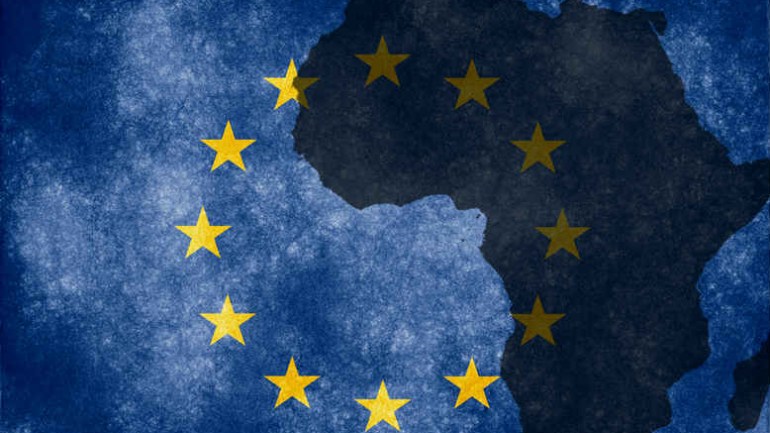
The European Union and Serbia have repeatedly stated that they shared a strategic goal: for Serbia to join the EU[1][2], and this ever since Serbia was granted EU candidate status in March 2012 and started accession negotiations with Brussels in January 2014[3]. However, despite this shared objective, the progress made since the opening of negotiations has been rather slow: 22 out of 35 chapters have been opened, two of which have been provisionally closed.[4] Therefore, a lot still needs to be done before Serbia can be invited to join the bloc.
Issues of concern related to Serbia are discussed extensively in the Serbia 2022 Report.[5] They are wide ranging. Little or moderate progress was made on the economic criteria, fight against corruption and the judicial system. Areas such as elections favouring the incumbent or freedom of expression are problematic. According to the Commission’s assessment, there is definitely room for improvement.
Read the Entire Paper
____________________________________________
[1] EEAS, “the EU and the Western Balkans: towards a common future”, 16 March 2022 https://www.eeas.europa.eu/eeas/eu-and-western-balkans-towards-common-future_en
[2] European Commission, “Serbia Report 2022”, 12 October 2022https://neighbourhood-enlargement.ec.europa.eu/serbia-report-2022_en
[3] European Commission, “Serbia membership status” https://neighbourhood-enlargement.ec.europa.eu/enlargement-policy/serbia_en accessed on 25 November 2022
[4] European Commisison, “factograph Serbia”, https://neighbourhood-enlargement.ec.europa.eu/system/files/2022-10/factograph_serbia_0.pdf accessed on 25 November 2022
[5] Op. cit. “Serbia Report“ https://neighbourhood-enlargement.ec.europa.eu/serbia-report-2022_en



